Dear Stephen,
I’ve read your book many times over. It’s a great source of information for me and my family. My 3 year old daughter was recently diagnosed with lyme and has been on antibiotics (abx) for about 3 months now. Because of her age I don’t feel comfortable keeping her on abx for more than 6 months total. I would like to transition her to herbs. She has tried another protocol where the main ingredient is allicin. Due to the taste, that protocol was rejected. She’s a very fussy eater. Which herbs would you recommend for a child of that age, keeping in mind that the herbs would have to be sprinkled on her food, so taste is big factor. Also, would it be safe to keep young children on a herbal protocol for an extended period? Thank you.
Stephen’s response:
I would primarily focus on astragalus and eleutherococcus. You can get both of these in powder form and they are fairly tasty. Astragalus is used as a food additive in Asia and both can be taken in this form long term, adults or children. If I had to choose any other herb to give her it would be Japanese knotweed; you can try herbalists in the NE for the whole root and give it as a tea or on food. The young shoots are often eaten in the spring like asparagus.
Stephen
-
Stephen Harrod Buhner was an Earth poet and an award-winning author of twenty-four books on nature, indigenous cultures, the environment, and herbal medicine including the acclaimed book Healing Lyme: Natural Healing & Prevention of Lyme Borreliosis & Its Co-infections.
Stephen came from a long line of healers including Leroy Burney, Surgeon General of the United States under Eisenhower and Kennedy, and Elizabeth Lusterheide, a midwife and herbalist who worked in rural Indiana in the early nineteenth century. The greatest influence on his work, however, was his great-grandfather C.G. Harrod who primarily used botanical medicines, also in rural Indiana, when he began his work as a physician in 1911.
Stephen’s work has appeared or been profiled in publications throughout North America and Europe including Common Boundary, Apotheosis, Shaman’s Drum, The New York Times, CNN, and Good Morning America. Stephen lectured yearly throughout the United States on herbal medicine, the sacredness of plants, the intelligence of Nature, and the states of mind necessary for successful habitation of Earth.
He was a tireless advocate for the reincorporation of the exploratory artist, independent scholar, amateur naturalist, and citizen scientist in American society – especially as a counterweight to the influence of corporate science and technology.
View all posts

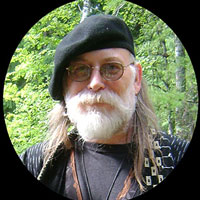



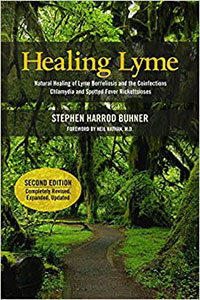
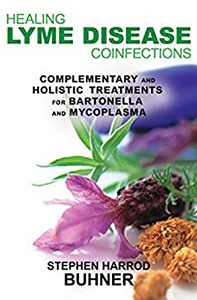
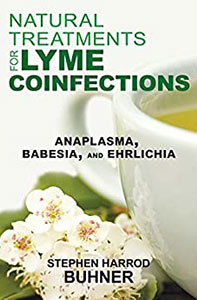
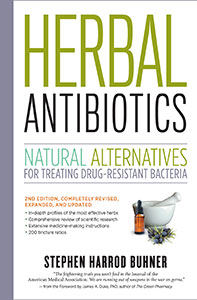
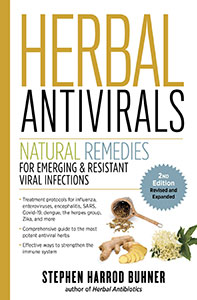



0 Comments